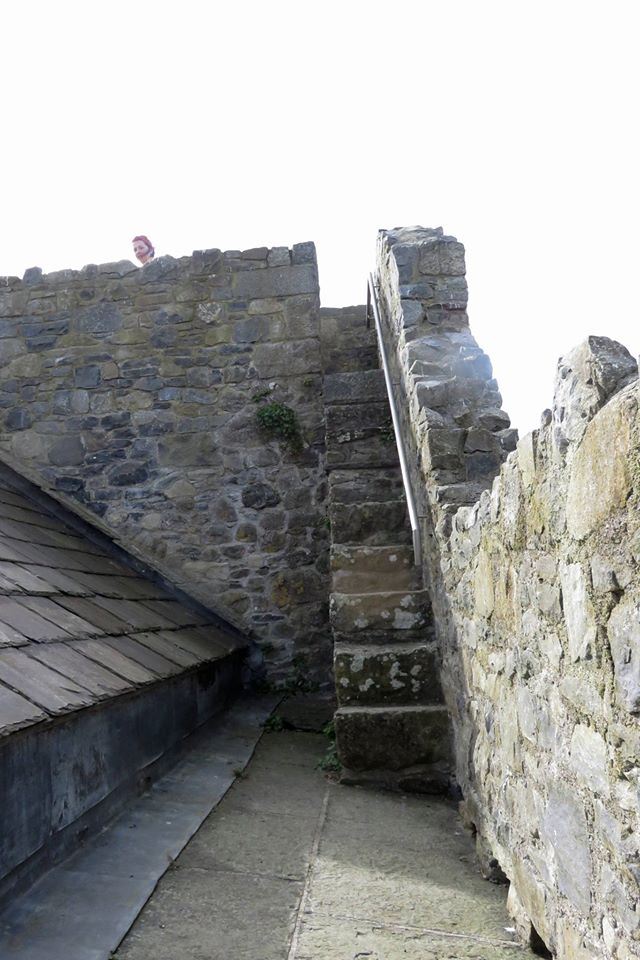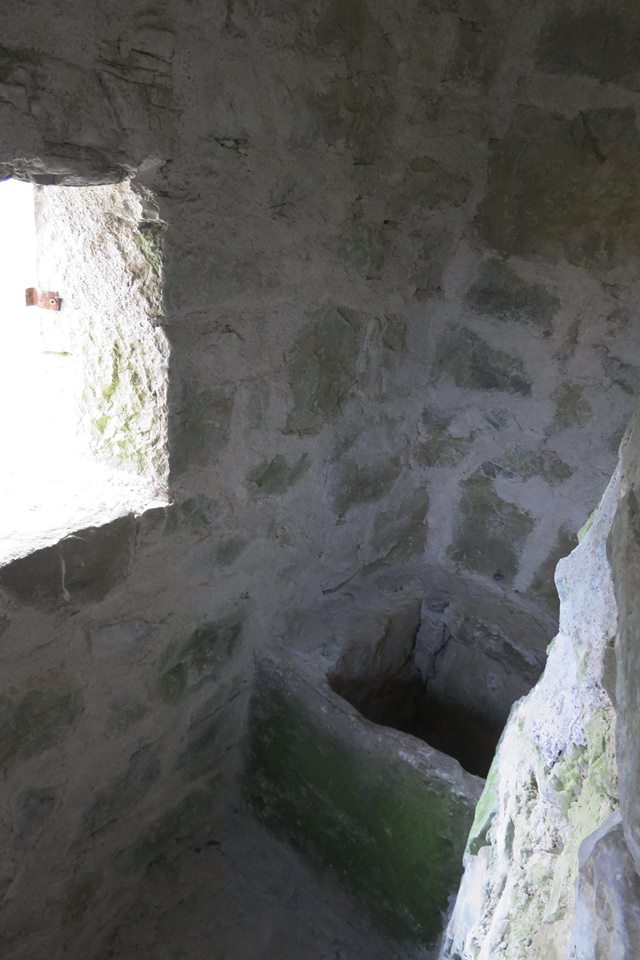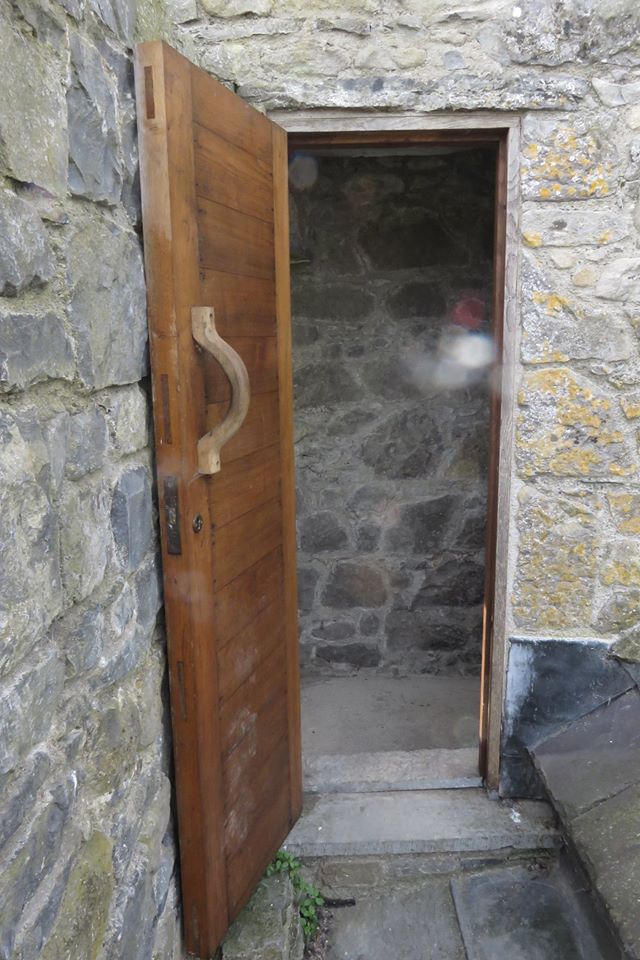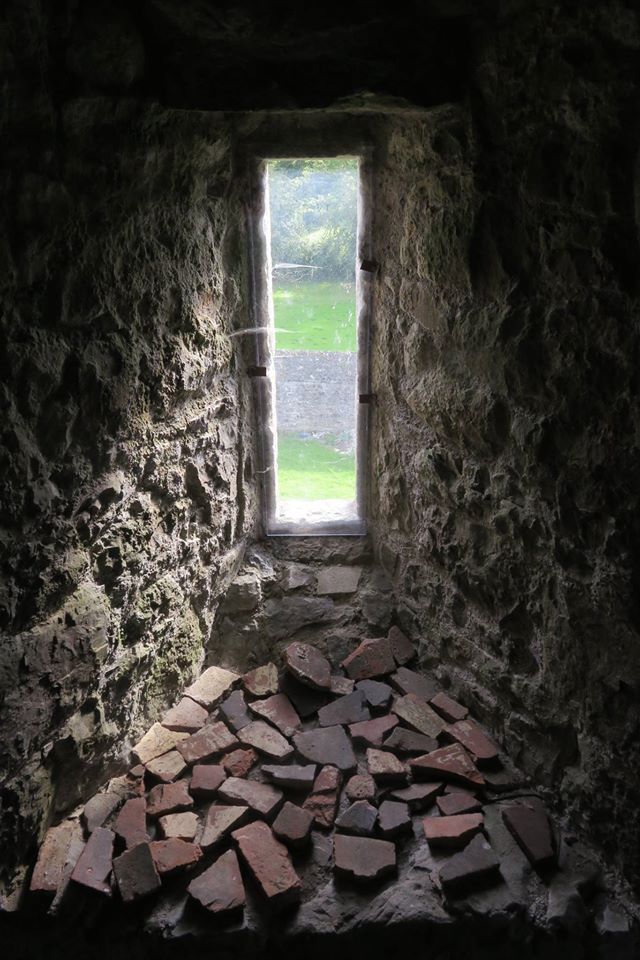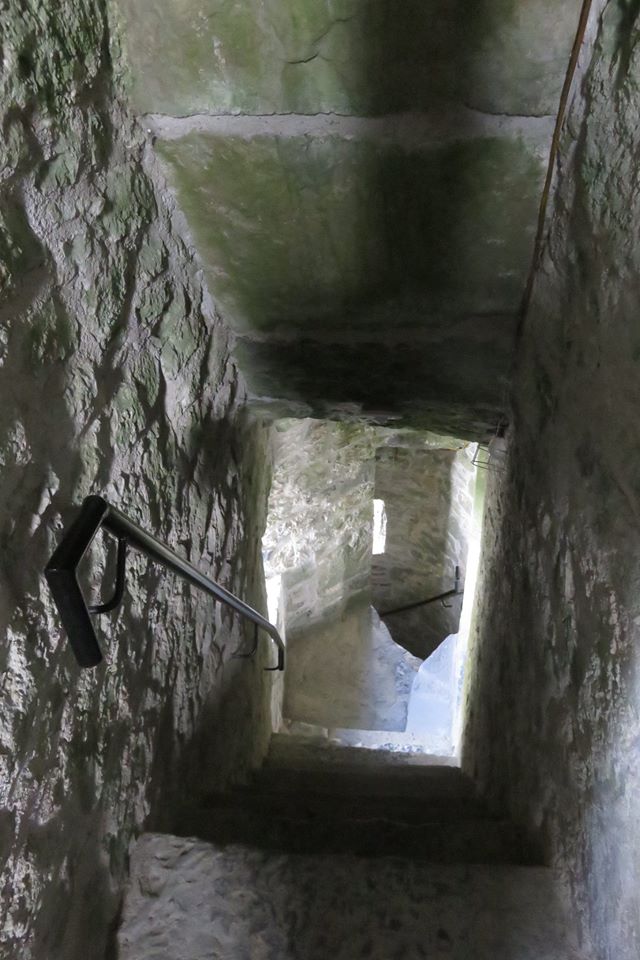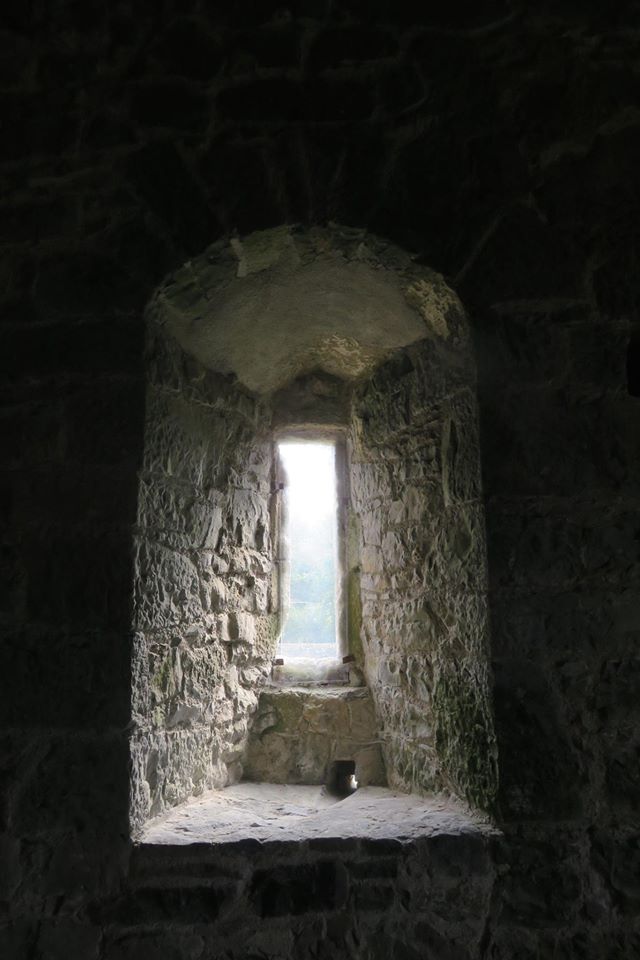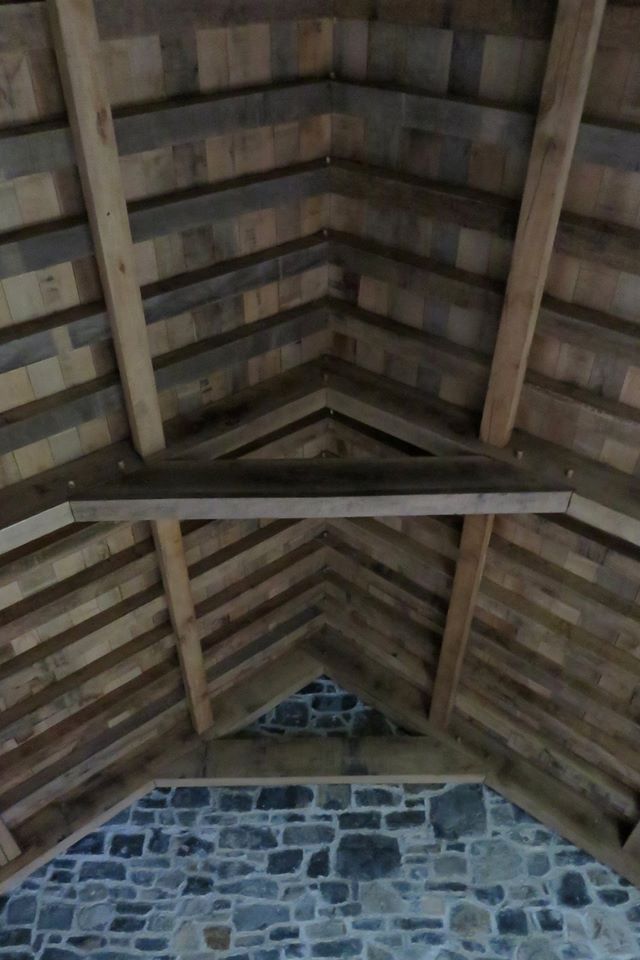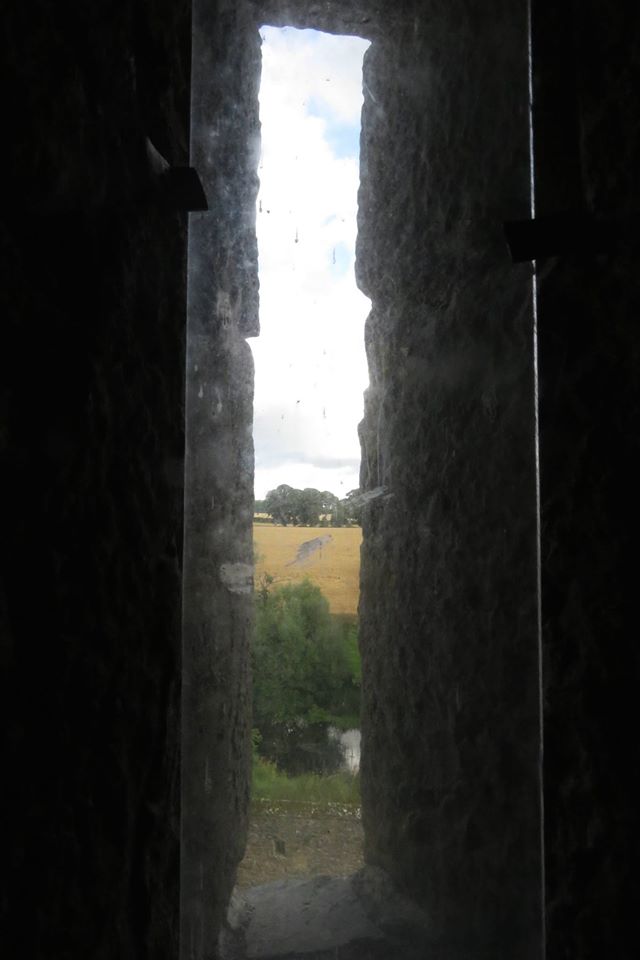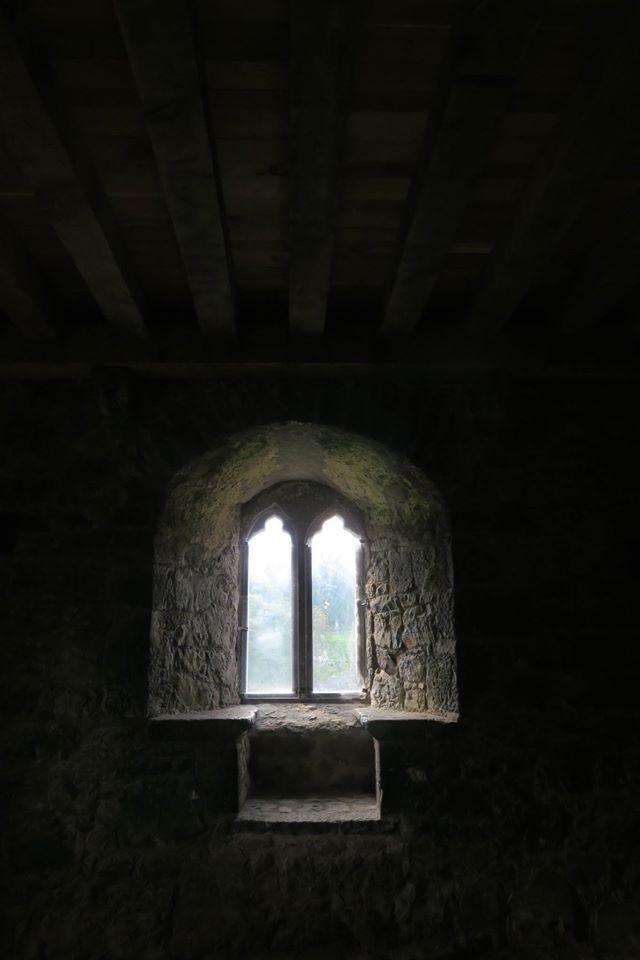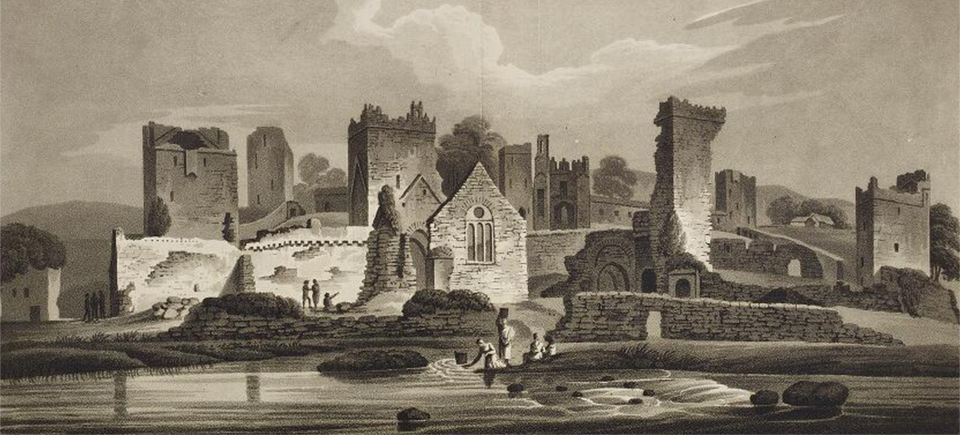
Kells Priory
Kells Priory is one of the most impressive Augustinian priories in Ireland. It is a unique example of a fortified monastery, combining elements of both religious architecture and late medieval military architecture. The priory was built in 1193 by Geoffrey Fitz Robert de Monte Morisco, Lord of the Cantred of Kenlis. Geoffrey brought four canons over from Bodim Priory in Cornwall to establish a community outside his borough of Kells.
Perched on the slant of a hill, the entrance is well protected and originally had great, tall doors which would be closed against invaders by lookouts seated on the guarded walls above. Initially the priory was half it’s current size but the Burgess Court was added on in the 15th and 16th Century. The Burgess Court is the only example of an upstanding late-medieval castellated enclosure at an Irish monastery and consists of high walls and a number of towers. It was added to ensure security for local villagers, livestock, other valuables and of course the priory itself. Amongst the ruins of the monastery, a tall structure stands out, The Prior’s Vill; a tall tower house which has undergone substantial restoration works.
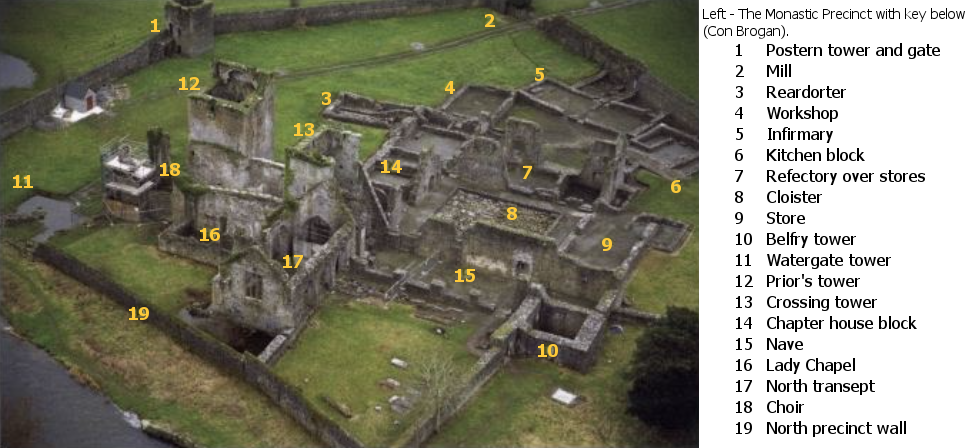
The vastly battle-equipped towers and high, thick walls, would have been defended by a small scale army. The defences used in the Priory were strictly constructed for protection. They were neccessary defensive features due to rampant raiding of Leinster towns (including Callan, Kells and Kilkenny) by clans of Munster. These were raids rather than full out battles with the aim of stealing goods and valuables rather than taking over it's territory. These raids would often leave a town crippled and without the neccessary resources to survive and trade with.
From archaeological investigations, we know that the Burgess Court evolved to be place thriving with trade. Among other things, there would have stood dairies, cowshed stables, workshops, a brewery, a mill, granaries and other farm-buildings. These no-longer stand except for the mill tower which is at the centre of the priory complex and beside where you pass from the Burgess Court to the monastery. The mill stream is unfortunately now dried up but it's outline can be seen in the earth.
The priory would have remained a place of high importance until all abbeys were banned in the 15th Century. The priory ceased to be used as a religious sanctuary and instead took the use of a stables and byres (cowsheds).
